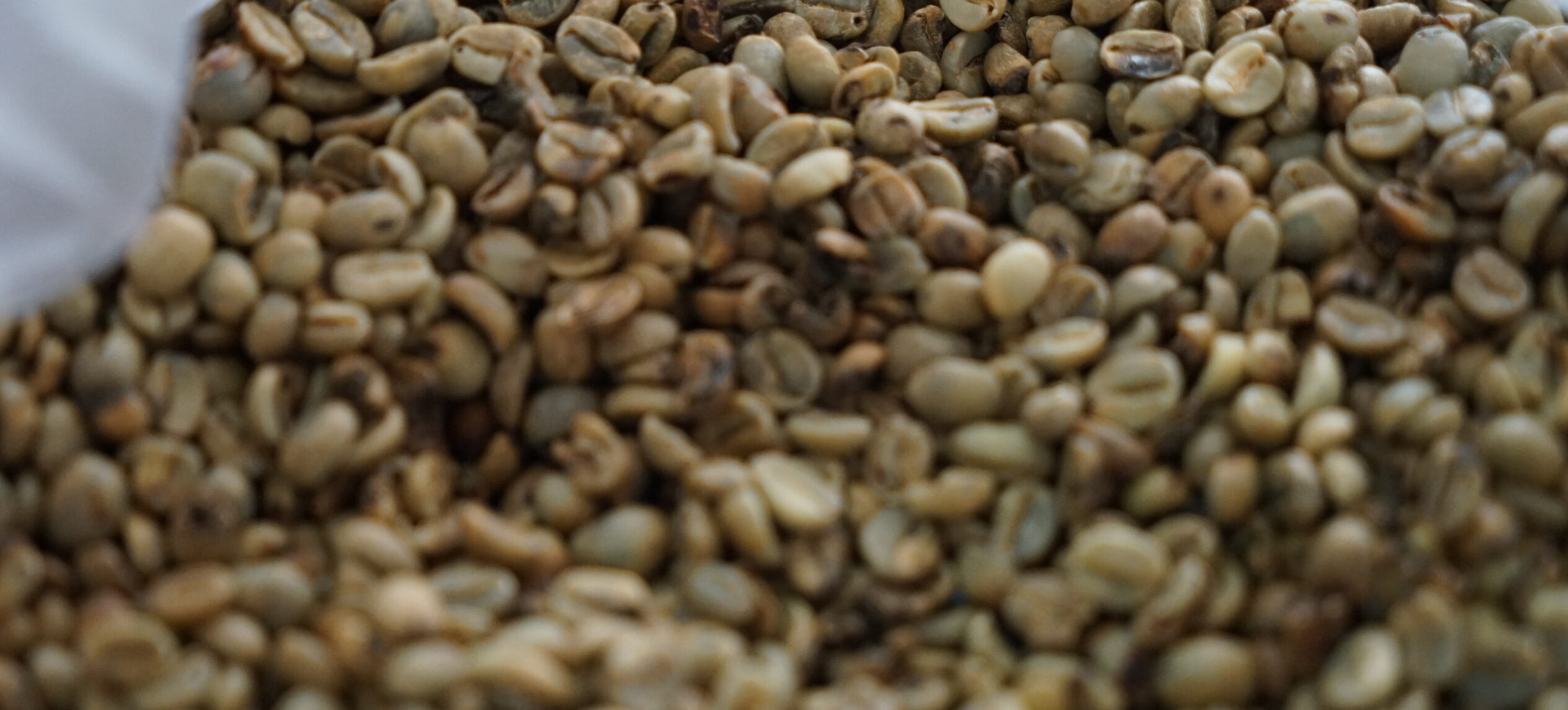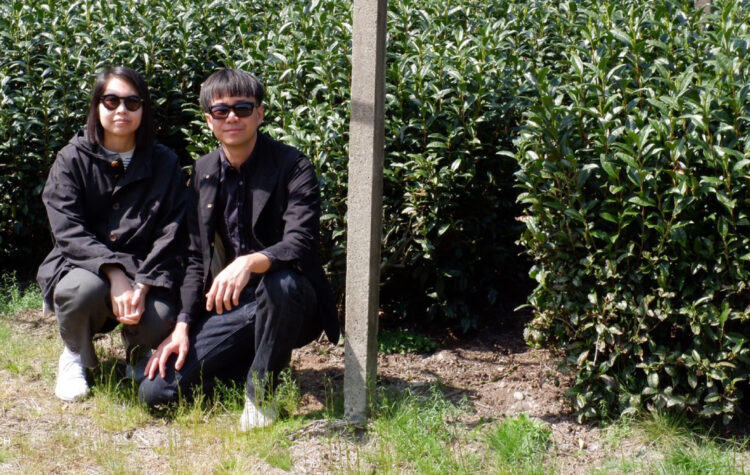When you buy roasted coffee beans, you may occasionally see shape abnormalities, such as indentations, or even learn that the coffee beans are hollow. The pest in charge of all this, troubling coffee farmers everywhere, is the Coffee Berry Borer.
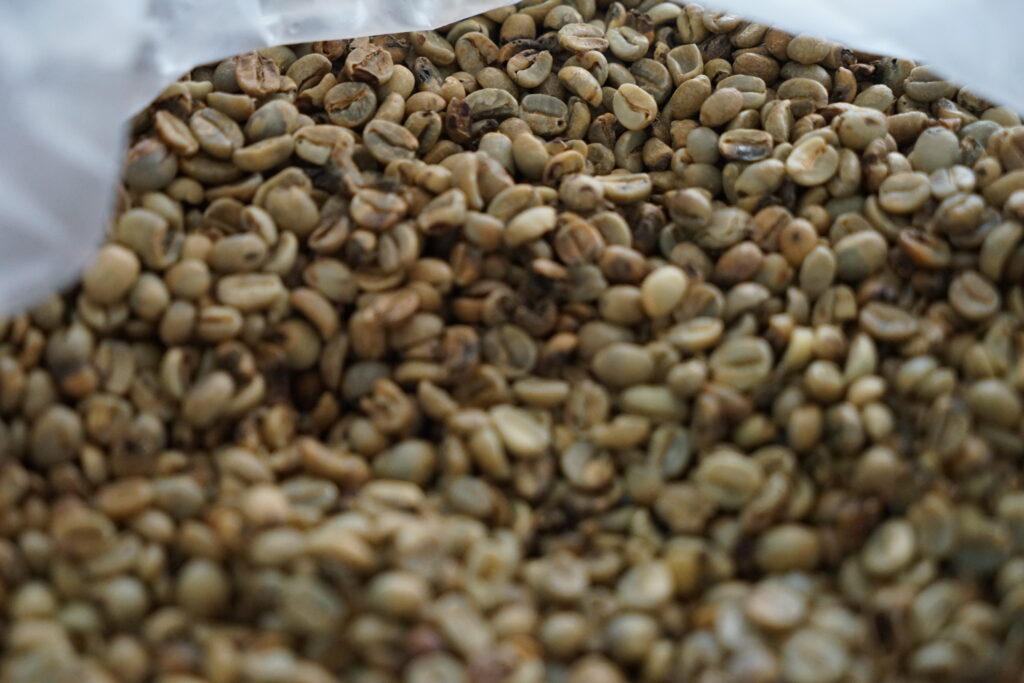
Boss (Thanuphong Karnjanajiraroj), a Coffee Educator from Roots, shares his story from the Baan Khun Mae Ruam coffee plantation in Chiang Mai, the hometown of Toki, who are now actively fighting against the coffee pest outbreak.
WHAT IS A COFFEE BERRY BORER?
When you think of pesky little insects, you might think of the little moths that surprise us in our buckets of rice. Some feed on wood, some feed on leaves, and some feed on coffee cherries. These Coffee Berry Borers (Hypothenemus hampei) are beetles native to Africa and are harmful to various plants and coffee plantations.
THE COFFEE BERRY BORER PROBLEM IN BAAN KHUN MAE RUAM COFFEE FARM
“At Baan Khun Mae Ruam, coffee is not our main commodity. When Toki found success selling coffee beans, the village’s capacity to produce coffee was limited, therefore, coffee cherries from neighboring villages were acquired and processed instead. The Coffee Berry Borers may have come from other coffee plantations because of a noticeable increase in their population during the past year.
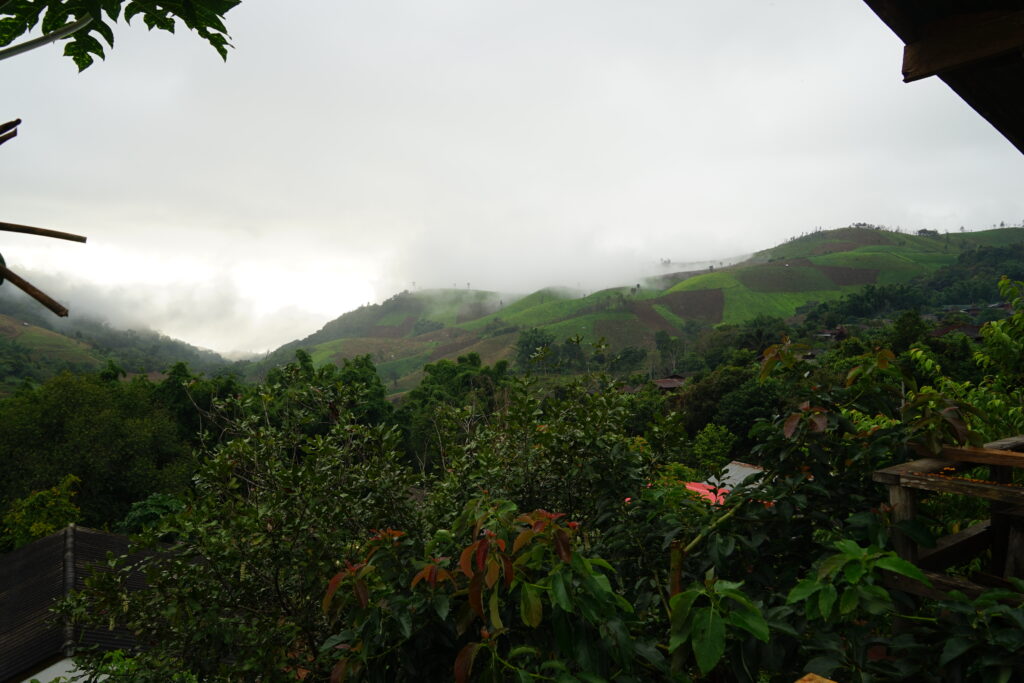
The female Coffee Berry Borers reproduce very quickly, reaching maturity in 1–2 months and laying between 60–100 eggs. If there are 20 female beetles in the area, millions might be added to the population within six months.”
The major issue here is that they will inevitably puncture the bark, mucus, and seeds of the coffee cherries. In a single coffee cherry, the female lays 1-2 eggs (to provide enough food to feed the larvae). If they aren’t eliminated as soon as possible, coffee farmers could lose a lot of high-quality beans.
“Besides the Coffee Berry Borer problem, there are other pesky weevils in Baan Khun Mae Ruam that destroy branches and leaves that affect the photosynthesis system, and hinder the flowering and development of coffee cherries. Coffee buds are also something they love to eat.
Damage to coffee plants affects the quality of the coffee cherries, which without a doubt affects the income of coffee farmers,” Boss adds.
JOINING FORCES WITH EDUCATORS TO FIGHT THE COFFEE BERRY BORER PROBLEM!
After hearing about the Coffee Berry Borer issue from Toki, the Roots Coffee Education team invited ‘Mai-Wanakorn Wongkonkaew’’ from Akha Ama, ‘Got-Piyapol Polpetch’ and ‘Bow-Parichat Posawad’ from School Coffee to share their knowledge and experience with coffee farmers about how to get rid of these bothersome insects. These three are coffee enthusiasts who share our belief in collaborating with coffee farmers. It’s an endeavor funded by our Cup-to-Farm initiative, through which we provide a portion of the proceeds from each cup of coffee sold at all Roots locations to support the farmers we work with.
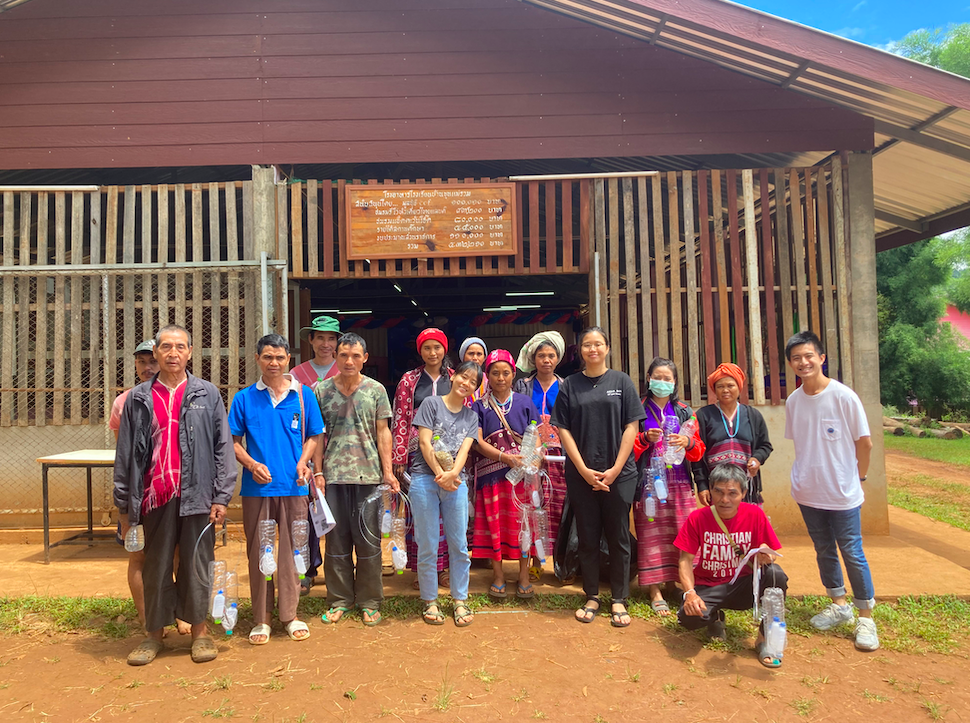
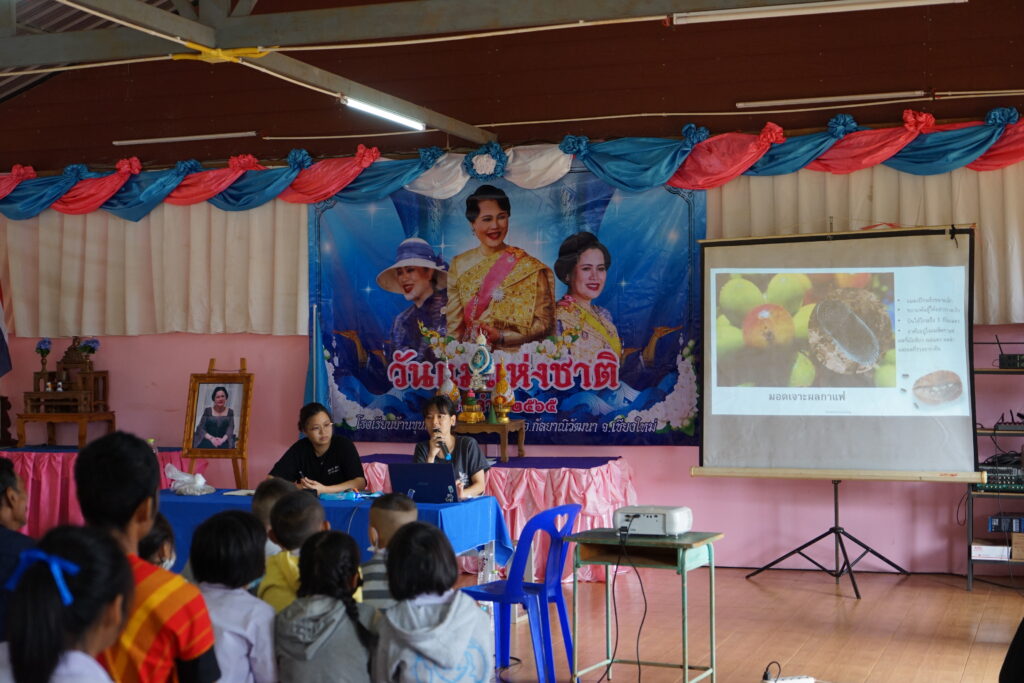
“The work we do with the farmers includes everything from explaining the challenges posed by the Coffee Berry Borers, such as how they disrupt the balance of the coffee plant and reduce the number of cherries produced, to advising them on how to make traps and use pesticides, with a focus on biological agents that are safe for people and trees”.

To make it tougher for the Coffee Berry Borers to lay eggs, the coffee plants must also be pruned so that they are not too close to one another or too overcrowded. For coffee plantations with a major Coffee Berry Borer issue, you can stop it by gathering and killing every cherry there is—both those on the trees and those on the ground—to stop the moths from surviving the season and spreading into the following coffee season.
“Stopping moth reproduction is essential for moth eradication. If we allow the moth to continue its spread, its effects may not be limited to coffee; they could perhaps endanger other trees and ecosystems.”

The Toki and coffee growers in Baan Khun Mae Ruam and the neighboring areas have showed concern and a readiness to work collaboratively, which has alleviated some worries even though eliminating these pests is a challenge.
“Coffee picking season begins in a few months, let’s wait and see the outcome for this group of farmers,” Boss concluded.





